Occupational therapists are the “ADL specialists” on a treatment team. Building independence in self-care isn’t always the problem we are addressing. For younger kids or multiply challenged children of any age, simply tolerating experiences like nail cutting, haircuts and face washing can be the hardest part of the day. Helping children and their families to make grooming and hygiene less of an issue can improve children’s sense of safety and control. It can even build the relationship between caregivers and children.
When evaluating a child’s aversion to ADL’s, look to the comprehensive OT evaluation. While the Sensory Profile or the SPM will highlight specific challenges in oral or tactile domains, looking at a child’s level of motor, visual-perceptual and behavioral functioning provides a more complete picture of the child. Postural issues, issues with endurance, attention, or identifying unique behavioral/emotional expression of frustration will suggest potential treatment pathways or complications.
Prior to Grooming And Hygiene Activities:
Directly address sensory-based issues in a comprehensive manner. Use of the Wilbarger Protocol, creation of a sensory diet and selecting tools to desensitize aversive response can support even the most agitated child. Brief activity on a Therapy Ball can increase postural activation while modulating arousal prior to ADL’s. Other children benefit from a NUK Brush or other oral/facial input before tooth brushing or having their face washed.

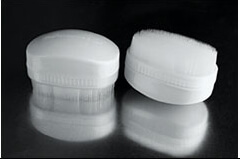
During ADL’s:
The use of sensory and behavioral activities can help increase and lengthen tolerance. Some children benefit from sitting in a Beanbag Chair during grooming to provide calming input and postural stabilization. A visual timer supports a child to understand that the activity will end and provides an objective measurement. This could reduce the child’s use of whining or aggression directed at the caregiver. A Weighted Lap Pad can be helpful calming input to an agitated child. Children with sensory seeking as well as sensory sensitivity often prefer a weighted object with texture.
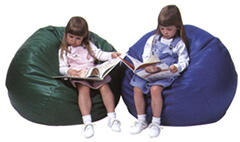

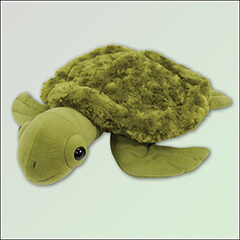
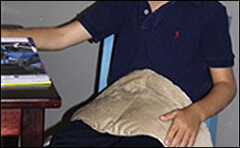
When the ADL Task is Completed:
Aversive responses can continue long after a child demonstrates minimal or no observable aversive response in a treatment session. Why? Because children are more than a stimulus-response cycle. They develop a sense of anticipatory anxiety and have habitual reactions that can be triggered even without sensory input.
Replacing old behaviors with more functional new habits may require slowly adapting ADL routines to decouple sequences that elicit aversion. An example of this would be allowing a child who is agitated during feeding to briefly play with washable items after a meal but before cleaning his hands. Any residual agitation from distressing feeding experiences could dissipate partially or totally before the caregiver uses deep pressure input to wipe the child’s hands.
Supporting children for ADL tolerance and eventual independence requires us to use our task analysis and evaluation skills in creative and complex ways. Building tolerance and independence is our initial goal, but successfully navigating daily ADL experiences will have wide-ranging effects. Improving grooming and hygiene experiences helps families feel calmer around ADL’s in general, improves communication, and deepens trust between caregivers and children.
Guest Blogger: Cathy Collyer, OTR, LMT, PLLC
 Cathy Collyer, OTR, LMT has treated children with neurological, orthopedic and sensory processing disorders for over 20 years. She is the author of The Practical Guide To Toilet Training Your Child With Low Muscle Tone. Learn more about her work at tranquilbabies.com.
Cathy Collyer, OTR, LMT has treated children with neurological, orthopedic and sensory processing disorders for over 20 years. She is the author of The Practical Guide To Toilet Training Your Child With Low Muscle Tone. Learn more about her work at tranquilbabies.com.

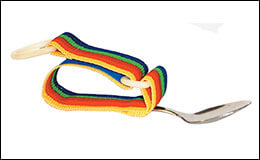

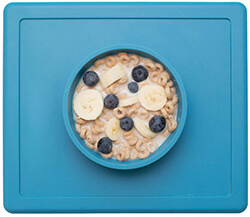
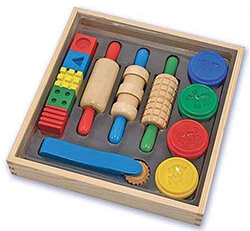
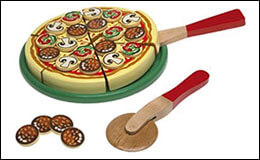
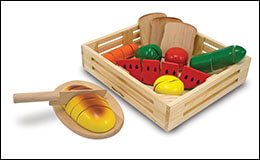
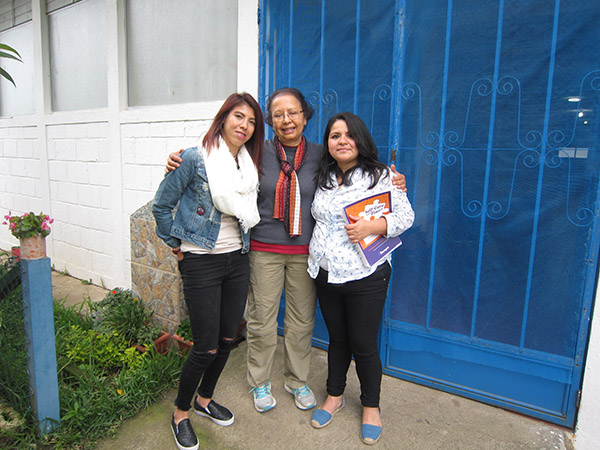

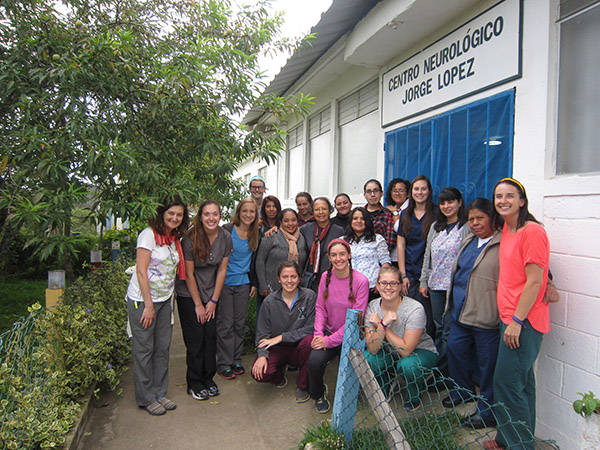
 A graduate of Indiana University and The Ohio State University, Bhanu has over 25 years of experience in pediatrics. She is certified in pediatric NDT and the READY Approach (Bonnie Hanschu) for Sensory Integration Disorders. Frequently, she presents workshops on topics related to self-care independence, sensory processing disorders and fine motor/handwriting skill development to therapists, teachers and parents/caregivers. She works at Centerville City schools, OH. She is a firm believer of the following Confucian principle: “I hear and I forget, I see and I remember, I do and I understand.”
A graduate of Indiana University and The Ohio State University, Bhanu has over 25 years of experience in pediatrics. She is certified in pediatric NDT and the READY Approach (Bonnie Hanschu) for Sensory Integration Disorders. Frequently, she presents workshops on topics related to self-care independence, sensory processing disorders and fine motor/handwriting skill development to therapists, teachers and parents/caregivers. She works at Centerville City schools, OH. She is a firm believer of the following Confucian principle: “I hear and I forget, I see and I remember, I do and I understand.”